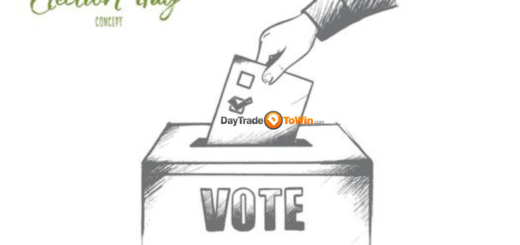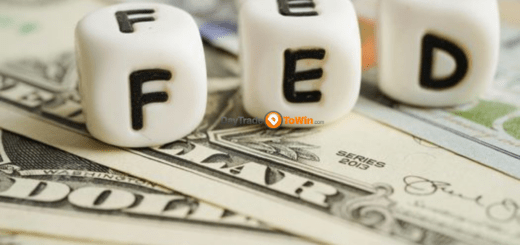? S&P 500’s August Struggle: No Surprise for Investors
The disappointment of August for stock investors shouldn’t catch anyone off guard.
With a history of being the second-worst month for the S&P 500 over the last 35 years, August’s lackluster performance is no anomaly. And September hasn’t always been smooth sailing either.
After the tumultuous ride of 2022, some investors are playing it safe, cashing out to safeguard their gains.
But don’t lose hope! Our featured perspective today comes from Seth Golden, Chief Market Strategist at Finom Group. He’s here to remind us that the end of the S&P 500’s five-month winning streak doesn’t necessarily spell disaster.
Why trust Golden’s insights? Back in February, he accurately predicted the S&P 500 hitting the 4,350 mark by the end of the year, a prediction that came true in June. Brushing aside concerns of a recession, he advised investors to seize opportunities in large growth stocks. And those picks, Amazon (AMZN) and Visa (V), have paid off.
Delving into the present, Golden looks at data from Ryan Detrick of Carson Investment Research. Detrick’s study of five-month winning streaks for the S&P 500 since 1950 reveals that 79% of the time, these streaks extend to six months. While this isn’t the current scenario, Golden draws optimism from this data—historically, after five months of gains, the S&P 500’s performance in the six- and twelve-month periods that follow has been positive 82% and 93% of the time, respectively.
“The average S&P 500 returns 6 and 12 months later are also 6%+ and 12%+. Savvy market participants may find solace in the evolving price action,” the strategist points out.
Further reasons not to jump ship just yet? Golden highlights the confirmation of the bull market on 6/8/23, when the S&P 500 surged 20% from its bear market low. Achieving this shift took 165 days, the second-longest bear-to-bull transition since 1952.
Golden concludes, “All but one of these previous bear-to-bull markets outlasted and outperformed the current 9-month cycle. It’s unlikely that a new bear market starts at the 9-month mark without delivering further gains in the 12-month forward period.”




